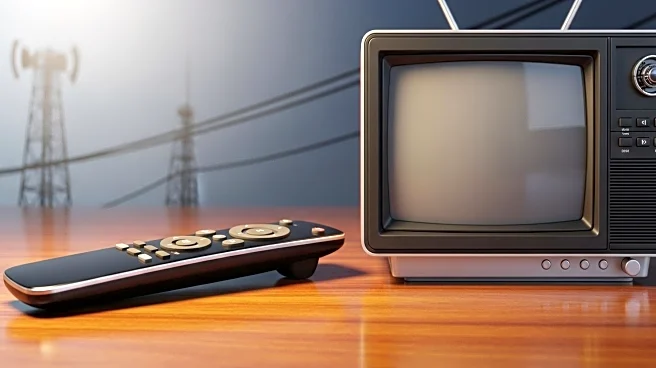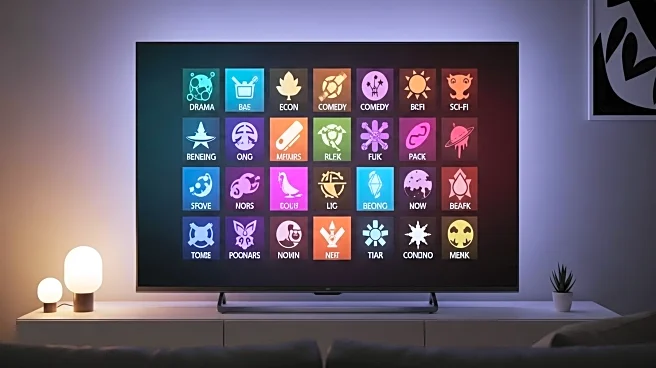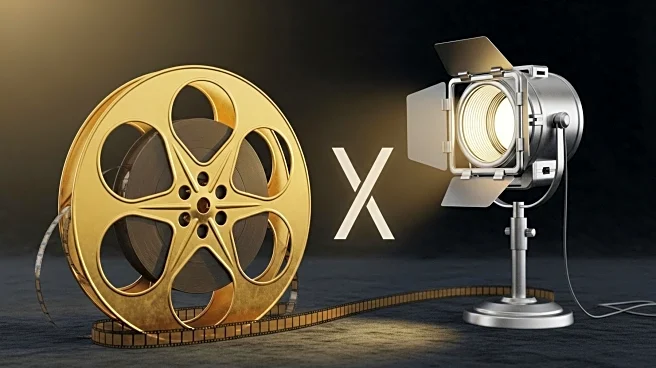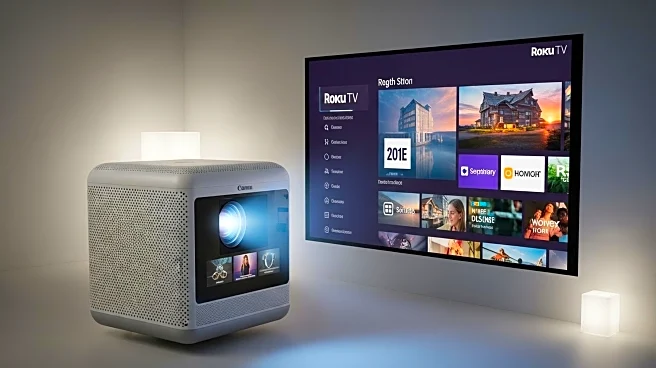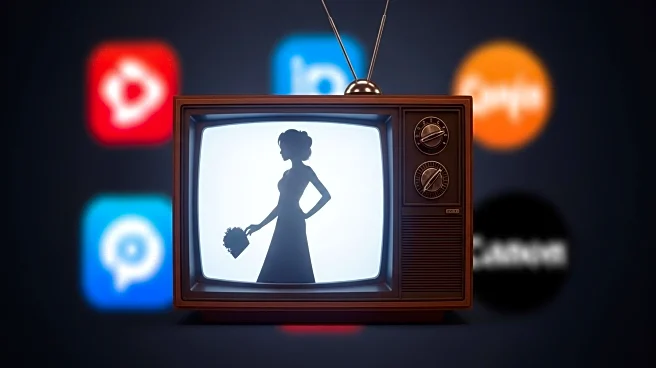What's Happening?
Nielsen's Media Distributor Gauge for August 2025 indicates a shift in TV viewing habits, with streaming services experiencing a decline in usage while broadcast and cable segments saw gains. Streaming accounted for 46.4% of TV consumption, a decrease of 0.9% from July, attributed partly to the absence of live sports like college football. Broadcast consumption rose by 0.7% to 19.1%, and cable increased by 0.3% to 22.5%. The gap between streaming and linear viewing narrowed from 6.7% in July to 4.8% in August. YouTube led streaming services with 13.1% of viewing, followed by Netflix at 8.7%. Other services like Disney+, ESPN+, and Hulu SVOD saw slight declines, while Amazon's Prime Video gained 0.1% to reach 3.9%.
Why It's Important?
The shift in viewing habits highlights the dynamic nature of media consumption, with implications for advertisers and content creators. The decline in streaming usage suggests potential vulnerabilities in the sector, particularly regarding live sports content. The gains in broadcast and cable indicate a resurgence in traditional TV formats, which could influence programming strategies and advertising investments. Companies like YouTube and Netflix, despite slight declines, remain dominant in the streaming space, impacting how content is distributed and monetized. The evolving landscape may prompt streaming services to explore new content offerings to maintain viewer engagement.
What's Next?
As the media landscape continues to evolve, streaming services may need to adapt by incorporating more live sports and exclusive content to attract viewers. Broadcast and cable networks might capitalize on their recent gains by enhancing their programming and marketing strategies. The competition between streaming and traditional TV formats is likely to intensify, with potential shifts in advertising revenue and content production. Stakeholders in the media industry will be closely monitoring these trends to adjust their business models and strategies accordingly.
Beyond the Headlines
The decline in streaming usage could signal broader shifts in consumer preferences, potentially affecting the long-term viability of subscription-based models. The resurgence of broadcast and cable may reflect a desire for more diverse content offerings, including live events and news. This trend could lead to increased investment in traditional TV infrastructure and content development. Additionally, the competitive landscape may drive innovation in content delivery and viewer engagement strategies across all media platforms.





